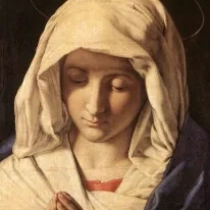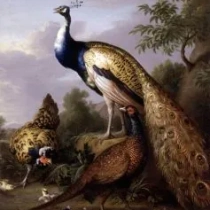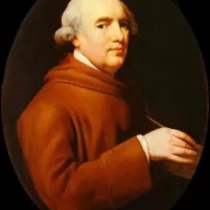Portrait Of Adele Bloch Bauer I
Gustav Klimt’s “Portrait of Adele Bloch-Bauer I” is an iconic masterpiece that exudes opulence, elegance, and symbolism. Painted between 1903 and 1907, this dazzling portrait captures the essence of the Vienna Secessionist movement and Klimt’s distinctive style, characterized by intricate patterns, rich colors, and a mesmerizing blend of realism and decorative symbolism.
At the heart of the painting is Adele Bloch-Bauer, a prominent Jewish patron of the arts and a muse to Klimt. She is depicted in a shimmering golden gown, adorned with intricate geometric designs and shimmering motifs that reflect Klimt’s fascination with Byzantine and Egyptian art. Her expression exudes a sense of enigmatic allure, drawing the viewer into a world of mystery and beauty.
The background of the portrait is a mesmerizing tapestry of gold leaf and decorative symbols, evoking a sense of transcendence and spiritualism. Klimt’s use of ornamental motifs, including spirals, flowers, and geometric shapes, creates a mesmerizing visual tapestry that invites contemplation and awe.
“Portrait of Adele Bloch-Bauer I” is not merely a portrait; it is a testament to Klimt’s artistic genius and his ability to transcend traditional portraiture. It encapsulates the essence of fin-de-siècle Vienna, with its blend of artistic innovation, cultural decadence, and intellectual ferment. Through this masterpiece, Klimt immortalizes the beauty and enigma of Adele Bloch-Bauer, elevating her to the status of an eternal muse and a symbol of artistic inspiration.
His use of symbolism, rich color palette, and intricate detailing creates a mesmerizing visual experience that captivates and enthralls the viewer, inviting them to immerse themselves in a world of beauty, mystery, and contemplation.







No Comments Yet...